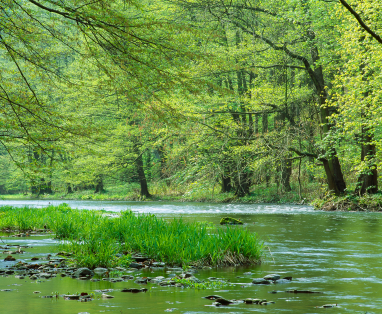 Just as we need to build adaptive capacity into human systems to prepare for climate change, we should aim to build resilience into ecosystems (1).
Just as we need to build adaptive capacity into human systems to prepare for climate change, we should aim to build resilience into ecosystems (1).
The assumption that protected areas can be preserved as-is may not be possible. Changing climates are resulting in areas no longer being suitable for the maintenance of the species and ecosystems they were originally designed to conserve (2). For example, Manitoba’s Wapusk National Park, on the shores of Hudson Bay, was established for the protection of denning polar bears (3), but these bears are near the southern limits of a range that may not be sustainable as ice conditions deteriorate.
Proactive management
If native species cannot survive where they have in the past, managing natural ecosystems may require proactive management of disturbance and habitat.
This management may include developing policies and strategies to:
- discourage alien introductions
- introduce new species to maintain biodiversity and increase ecosystem resiliency
Invasive species are already frequently planted on freehold land. As the climate changes, exotic plants and trees could invade the native forest especially along the fringe of the southern boreal forest.
Visit the Province of Manitoba’s Wildlife Branch webpage to learn more about existing ecosystem management efforts.




